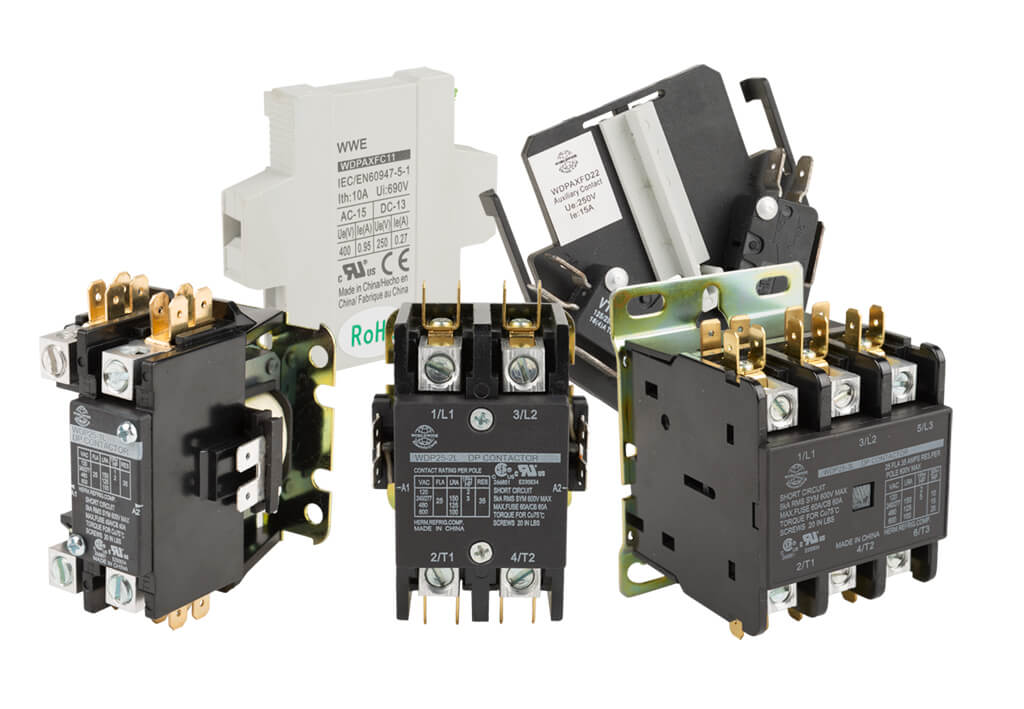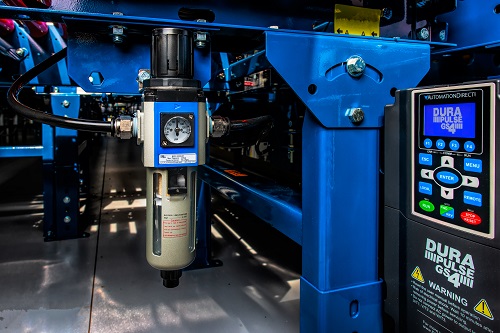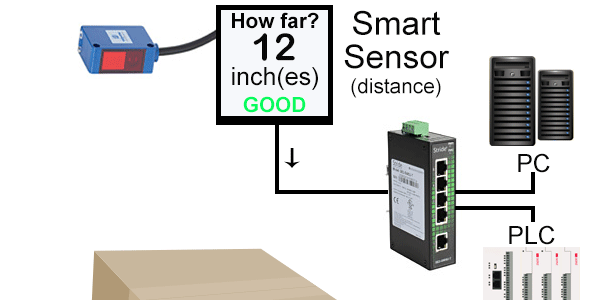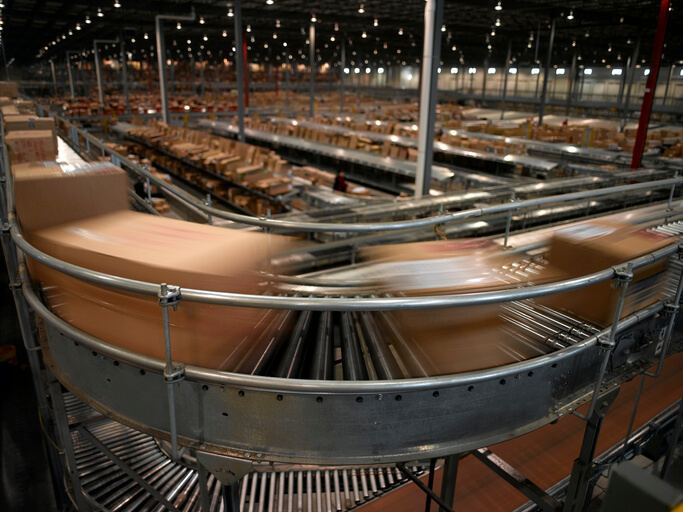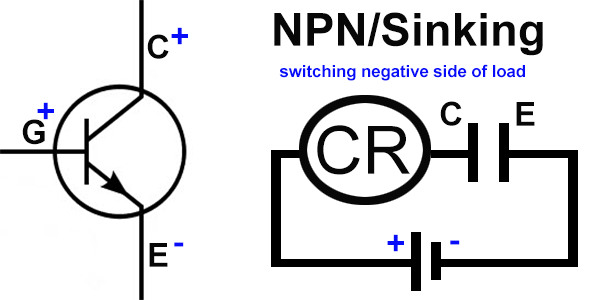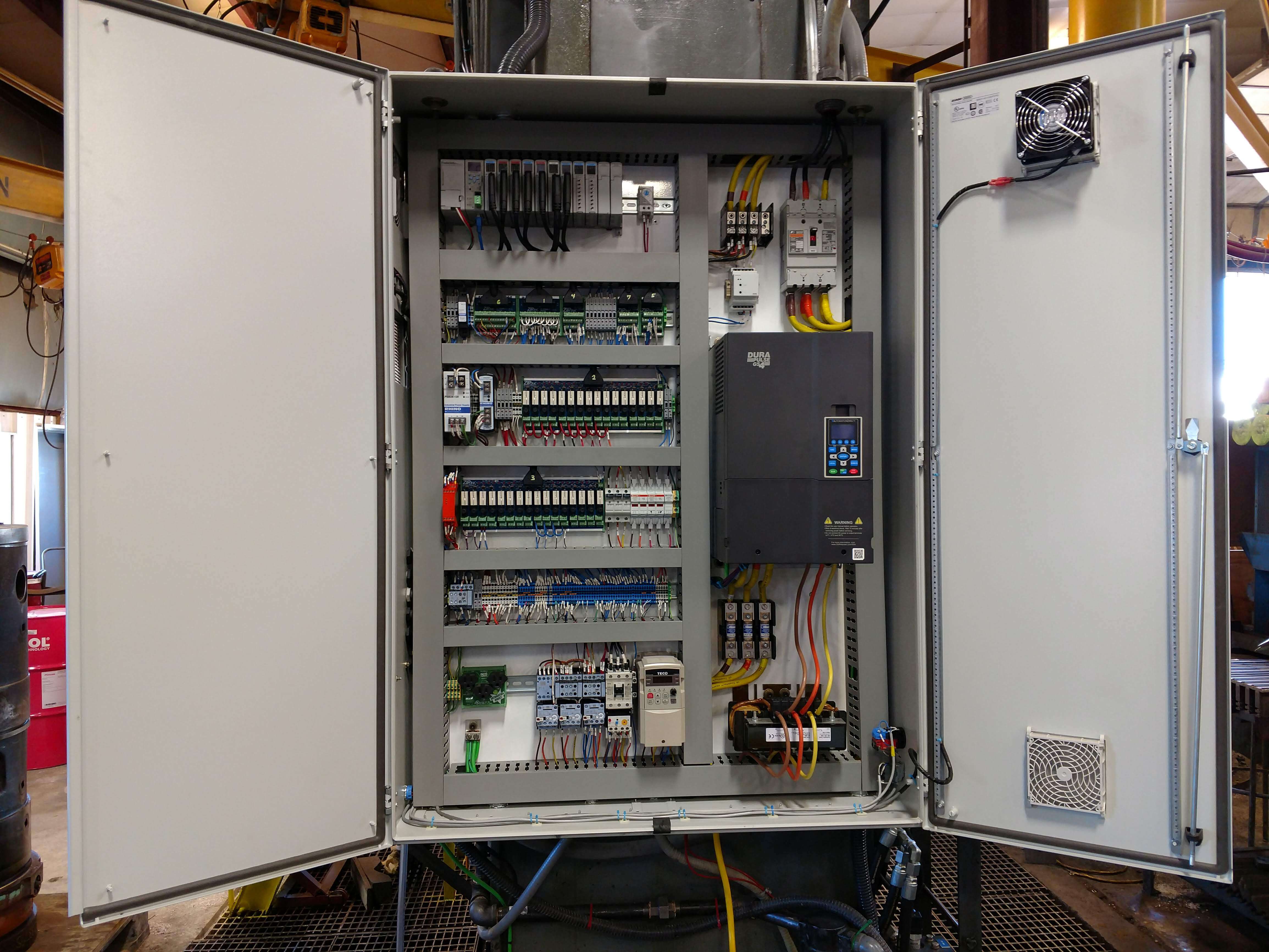Contactor Definition Contactors are a specialized form of relay capable of switching higher power loads such as motors, lighting and electric heaters. Turning large electrical power loads such as motors, lighting and heaters on and off is a common automation requirement. Applications are found in commercial buildings, industrial equipment and vehicles. The fundamental device for…
Programmable logic controllers (PLCs) are now gaining information technology (IT) abilities to interact directly with the internet, creating new automation and information possibilities. Bill Dehner, a Technical Marketing Manager at AutomationDirect, authored an article for the July 2019 issue of Control Engineering titled Benefits of Connecting a PLC to the Internet. Here’s a summary, click…
Specifying performance instead of parts when purchasing machines and process skids cuts costs, reduces lead time and guarantees reliable operation. Bill Dehner, Automation Specialist at AutomationDirect, authored an article for the June 2019 issue of Applied Automation titled Specifying performance instead of parts. Here is a summary of the article, click on the link above…
Available in many combinations, filters and regulators are a must-have on any machine. Other devices to perform functions such as energy isolation, lockout tagout and lubrication should also be considered. Chip McDaniel, technical marketer for AutomationDirect, wrote an article for the January 2019 issue of Design World magazine, titled Proper Air Preparation for Automated Machines….
PLCs are typically programmed with PC-based software, and selecting the right platform is critical to project success and ongoing operations. Bill Dehner, technical marketing engineer at AutomationDirect, wrote an article for the February 2019 issue of NASA Tech Briefs titled Selecting a Software Programming Platform, here’s a summary. Dehner says software development and testing is…
+Tech TopicsDiscrete SensingLearning ResourcesProcess Sensing & ControlProductProgrammable ControlSensors Automation
Basic Sensors - PLC Fundamentals
For a PLC to monitor and in turn control its application variables, there must be a way for it to sense its surroundings. In today’s industrial realm, there are a huge variety of electrical sensors that provide the input data (position, distance, level, flow, etc.) that control systems need. These basic sensors can be broken…
Compressed air can cause many hazards to workers’ eyes in manufacturing facilities, so review of applicable OSHA standards, common misuse and how to minimize hazards is always a good idea. Jim Krebs, technical marketing engineer at AutomationDirect, wrote an article for the January 2019 edition of ISHN magazine titled Compressed air can be lethal. Here’s…
With PLC control, it’s important to understand the sequence of operations for the CPU. Some may think when an output is set to ON in the ladder code, that this output change is immediately reflected in the output card. Or that when an input is activated, the CPU instantly sees it. While it may seem…
Two of the most important fundamentals to understand when it comes to sensors is sinking and sourcing circuits. To properly wire your control device, you need to first know whether the sensor you are using is switching the positive or negative connection. For AC (alternating current) sensors, this is not an issue since AC power…
+Tech TopicsApplicationApplication StoriesEnergy/UtilitiesHMIIndustryLearning ResourcesMachine ControlManufacturingOperator InterfacePLCProductProgrammable Control
Honing in on Machine Automation
The automation and electrical system on a large, 82-year-old cylinder honing machine was replaced with a variety of AutomationDirect hardware to improve cycle time, safety and quality. Andrew Marks, Maintenance Foreman and Master Electrician at Exline Leasing Inc., wrote an article for the January 2019 issue of Control Design magazine, titled Honing in on Machine…


